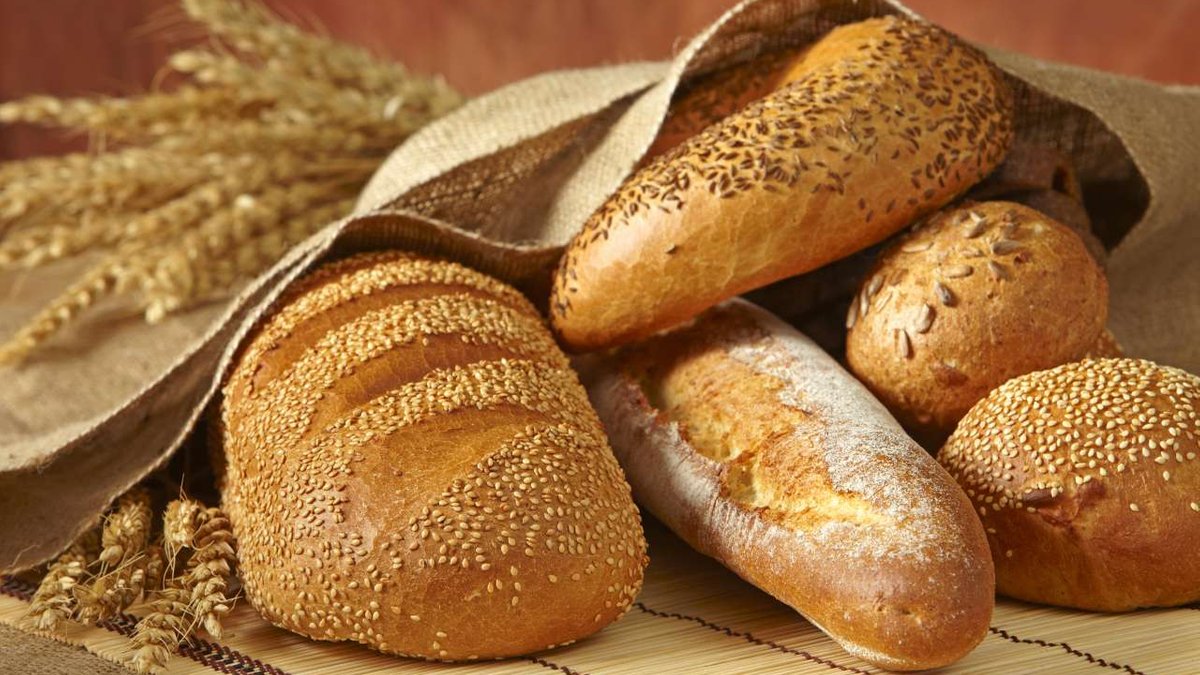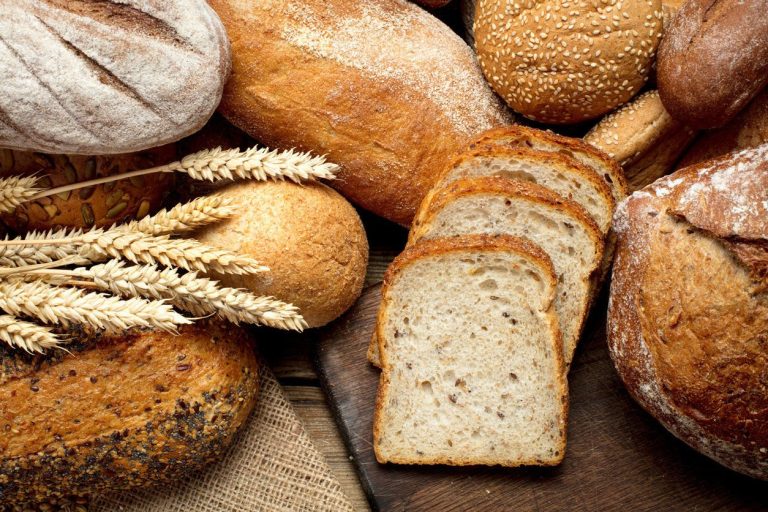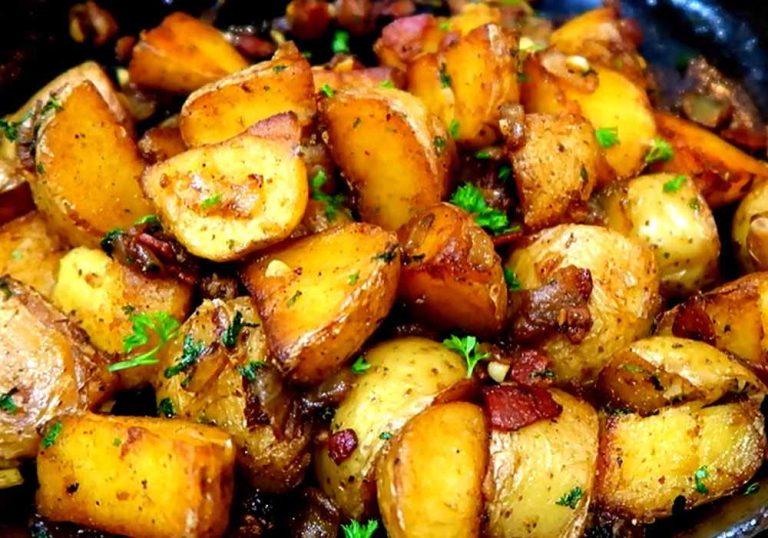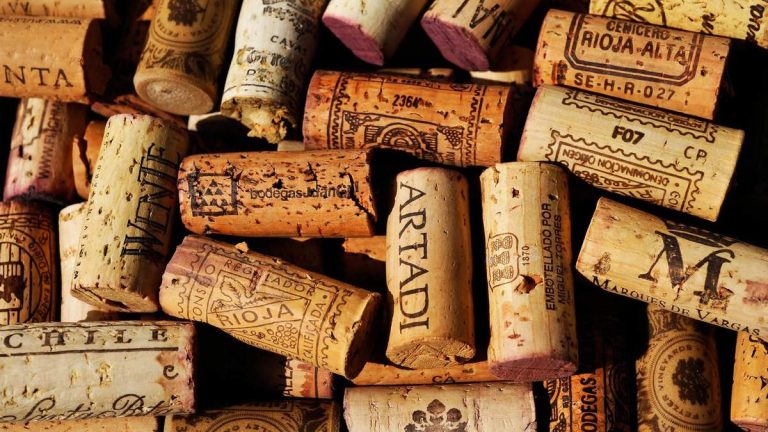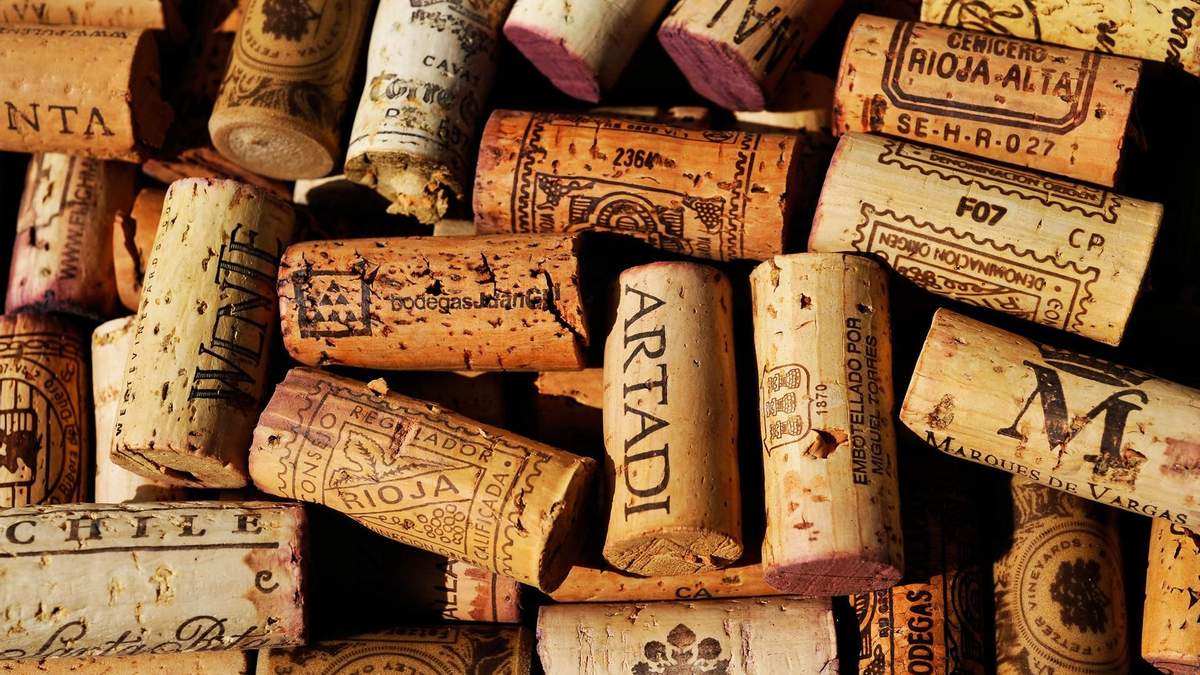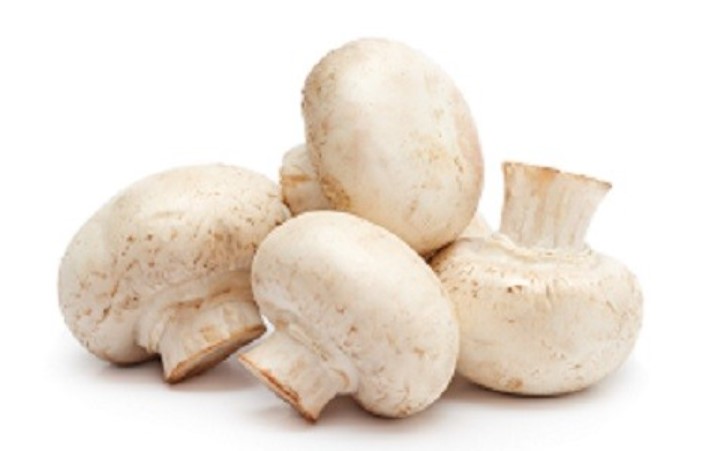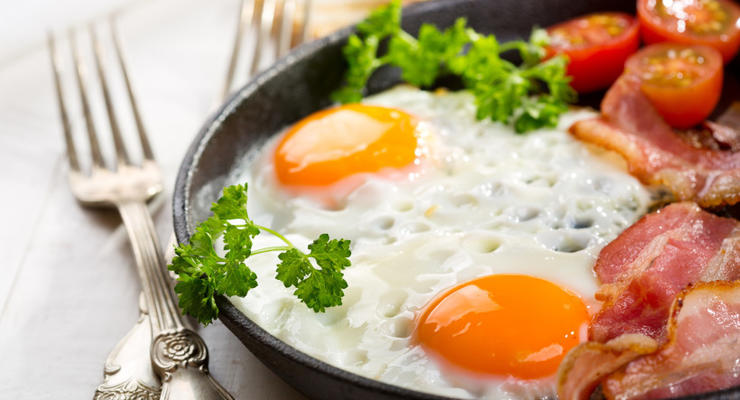Lamb’s lettuce is one of the few vegetables that can be harvested in winter. We give you four tips on how to properly harvest, wash, store and prepare leafy greens.
Lamb’s lettuce is healthy and one of the most nutritious types of lettuce. It contains valuable vitamins and minerals that contribute to a balanced diet.
However, there are a few things you should keep in mind when storing and preparing lamb’s lettuce. Only if you harvest, store, wash and use them correctly can the leafy vegetables unfold their healthy effect, preserve them and stay fresh for a few days.
We explain which mistakes you should avoid and give you tips on how to do it right.
Mistake #1: Not harvesting lamb’s lettuce properly

You can easily sow lamb’s lettuce yourself in the garden. It is undemanding and with proper care you can harvest it all year round. The main season for lamb’s lettuce is from October to December. So you can still prepare delicious dishes with the leafy vegetables from your garden even in winter.
However, there are a few things to keep in mind when harvesting:
Cutting: Cut the rosettes of the lamb’s lettuce individually. Always use a sharp knife for this. This way the cut will be smooth and the plant will be less susceptible to diseases and pests. Also, make sure you never cut too deep so the lettuce can grow back properly.
Picking: Lamb’s lettuce can grow back best if you pick individual leaves and do not cut them off. Pick the large leaves so that young shoots can grow. Take just a few leaves from each plant at a time so they can keep growing year-round.
Nitrate: Lamb’s lettuce stores nitrate in its leaves. Nitrate in water and food is initially harmless. It only becomes critical when we absorb too much of it. In the evening, the nitrate in lamb’s lettuce is lower because it has been broken down over the course of the day. Therefore, harvest the lettuce in the evening to be on the safe side.
If you don’t grow lamb’s lettuce yourself, but buy it, then make sure it’s organic. Especially tender leafy greens can easily absorb pesticides or chemical-synthetic fertilizers – these end up in and on your food. When shopping, you can use the organic seals from Demeter, Bioland and Naturland as a guide, as they require particularly strict criteria.
Whether from your garden or from the organic market: Wash the lamb’s lettuce thoroughly before eating.
Mistake #2: Wash lamb’s lettuce under running water
Before eating, it is important to wash the lamb’s lettuce properly. The leafy greens are often full of sand or soil and may have fertilizer residues on them.
You should not wash lamb’s lettuce under running water. The soil often hides on the individual rosettes of the leaves and is not rinsed off under running water. In addition, the sheets can quickly stick together under running water and thus prevent thorough cleaning. Anyway, you save water if you don’t wash the lamb’s lettuce under running water.
Prepare a cold water bath for the lamb’s lettuce instead:
Remove wilted or dried leaves from the lamb’s lettuce rosettes.
Fill a large bowl with cold water (it will go limp quickly in warm water).
Submerge the lamb’s lettuce in the cold water and let it soak for five minutes. The heavy earth sinks down.
Carefully remove the leaves from the surface and discard the water along with any soil that has collected at the bottom. Tip: Catch the water and use it to water the flowers.
Fill the bowl again with cold water and add the lamb’s lettuce. Now toss the individual leaf rosettes in the water and check them for sandy residue.
Place the washed leaves on a clean tea towel and let them dry.
Remove the roots with a sharp knife so that only the individual leaves or fine rosettes of leaves remain.
Spinning in a salad spinner is not recommended for lamb’s lettuce, or if so, then only very carefully. The lettuce quickly loses its loose structure and sticks together.
If you do not prepare the lamb’s lettuce directly, it is particularly important to dry it well and store it appropriately.
Mistake #3: Storing lamb’s lettuce incorrectly
Lamb’s lettuce is delicate and doesn’t keep very long after harvest. That’s why you should eat it as fresh as possible. If you do want to store it for a few days, then follow these tips to keep the leafy green crisp:
Store lamb’s lettuce cool. This keeps the leaves crisp and fresh.
Avoid wetness. Lamb’s lettuce quickly becomes mushy and can only be stored if it is well dried.
Condensation damages the lettuce and causes it to rot quickly. Therefore, do not store lamb’s lettuce in airtight packaging. If you buy it in a box, always unwrap it for storage.
It is best to wash and dry the lamb’s lettuce thoroughly before storing it. Wrap it in a kitchen towel and put it in the fridge. It can stay fresh for up to a week.
Tip: Place lettuce that is a few days old in a cold water bath for a few minutes. This has an invigorating effect and makes the leaves fresh and crisp again.
Mistake #4: Preparation without vitamin C

Lamb’s lettuce is a real vitamin bomb and rich in valuable minerals and trace elements. It is valued above all for its high iron content and can counteract iron deficiency during pregnancy (caution: do not eat pre-packaged and/or pre-cut lettuce during pregnancy, as it can provide an increased surface area for bacteria to attack. If you are unsure, also avoid lamb’s lettuce in the restaurant – you don’t know how freshly and thoroughly washed it was.). Iron is an important trace element that influences many bodily functions.
The body needs vitamin C to properly absorb iron. Therefore, always prepare the lamb’s lettuce with a dressing containing vitamin C.
You can easily make dressing for lamb’s lettuce yourself. Orange or lemon are particularly suitable as they contain a lot of vitamin C.

